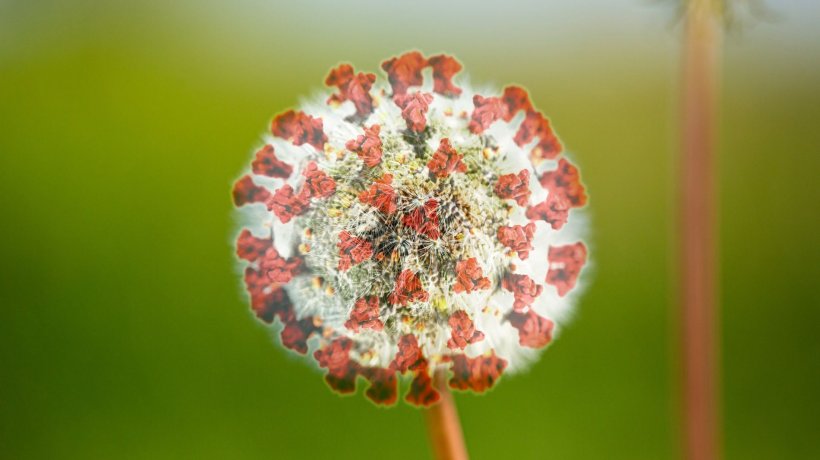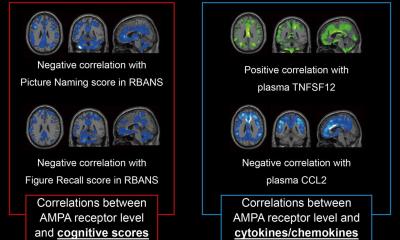
Image source: Unsplash/Evershot / Centers for Disease Control and Prevention (CDC)/Alissa Eckert, MS, Dan Higgins, MAMS
News • Lack of ventilation increases risk
Experts explore COVID-19 airborne transmission
Preventing airborne transmission of COVID-19 should be the next front of the battle against the virus, argue experts from the University of Surrey.
In a study published by the City and Environment Interaction journal, scientists from Surrey’s Global Centre for Clean Air Research (GCARE), together with partners from Australia’s Queensland University and Technology, argue that the lack of adequate ventilation in many indoor environments – from the workplace to the home – increases the risk of airborne transmission of COVID-19.
We must turn this global tragedy into an opportunity to better prepare for similar threats
Prashant Kumar
SARS-CoV-2 is the virus that causes COVID-19. Like many viruses, it is less than 100mn in size but expiratory droplets (from people who have coughed or sneezed) contain water, salts and other organic material, along with the virus itself. Experts from GCARE and Australia note that as the water content from the droplets evaporate, the microscopic matter becomes small and light enough to stay suspended in the air and over time the concentration of the virus will build up, increasing the risk of infection – particularly if the air is stagnant like in many indoor environments.
The study highlights improving building ventilation as a possible route to tackling indoor transmission of COVID-19. Professor Prashant Kumar, lead author and the Director of the GCARE at the University of Surrey, said: “These past months, living through the COVID-19 crisis, has been truly unprecedented, but we must turn this global tragedy into an opportunity to better prepare for similar threats. An improved indoor ventilation is an important step that can be taken to reduce the risk of infection. However, more must be done to recognise and understand airborne transmission of COVID-19 and similar viruses, to minimise the build-up of virus-laden air in places typically containing high densities of people.”
Source: University of Surrey
02.06.2020











